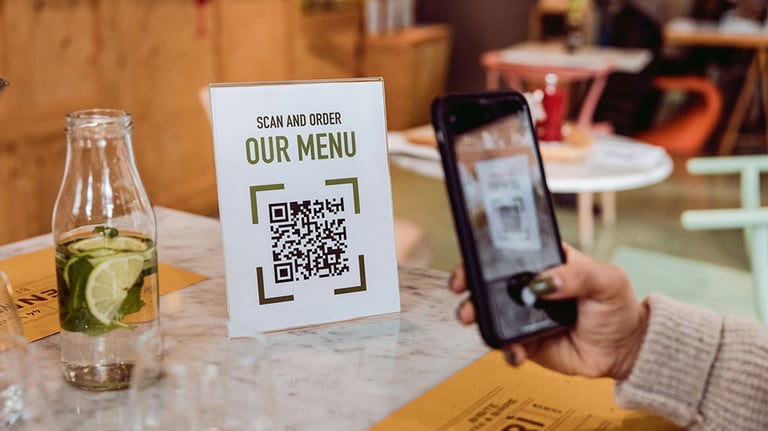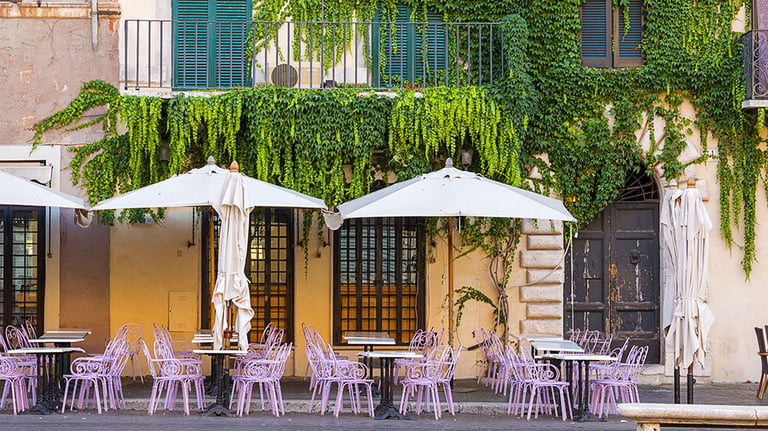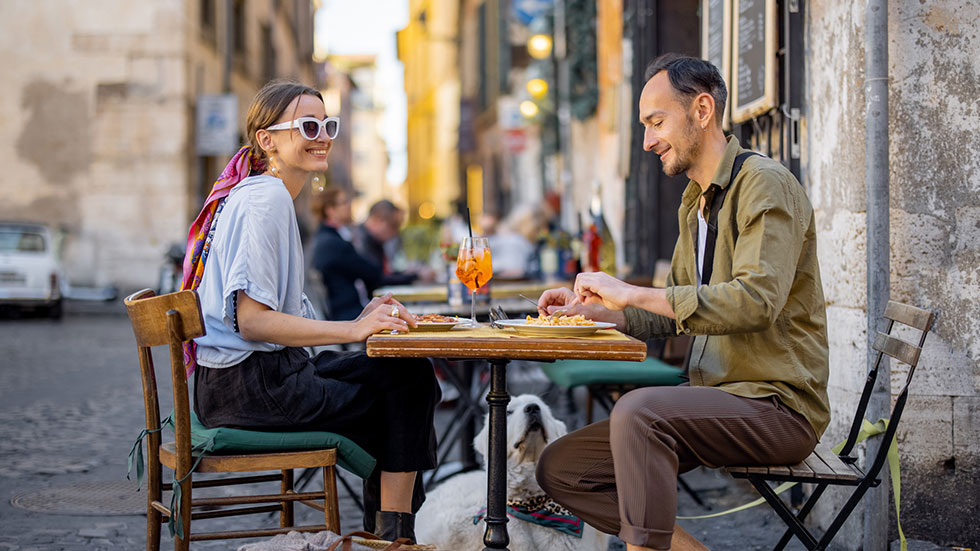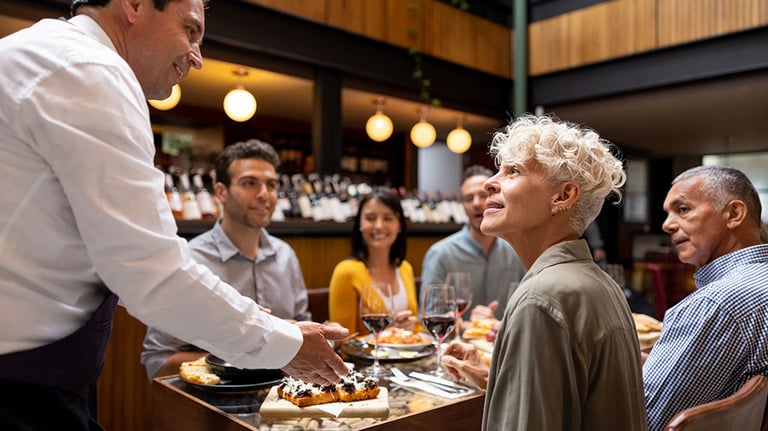When exploring the cobblestone streets and historic landmarks of Europe, dining is not merely sustenance; it’s an experience intertwined with culture, and history. Yet, amid the charming cafes and bustling markets lurk tourist traps seeking to take advantage of unsuspecting visitors. In this guide, we unveil the secrets to identifying and avoiding these establishments so that you can ensure your European dining experiences are authentic and enjoyable.

Understanding the tourist trap
Tourist trap restaurants are ubiquitous in popular European destinations such as London, Rome and Paris, strategically positioned near landmarks and often characterized by multilingual menus, aggressive hosts calling you in from the sidewalk, and exaggerated claims of authenticity. Their primary goal is profit, sacrificing quality and authenticity for convenience and quick turnover.

Key signs of a tourist trap
- Multilingual Menus Everywhere: Authentic eateries tend to have menus predominantly in the local language with perhaps one or two additional translations. If you spot menus in multiple languages prominently displayed outside, proceed with caution.
- Prime Tourist Locations: Restaurants right next to major attractions or along heavily trafficked streets often prioritize location over culinary excellence. Venturing a few blocks away can lead to hidden gems frequented by locals.
- Aggressive Touting: Staff members standing outside to lure passersby, especially in crowded tourist areas, are often a red flag. Authentic restaurants rely on reputation and word-of-mouth rather than aggressive marketing tactics of widely available international dishes.

How to find authentic dining experiences
Research and planning
Before your trip, check out resources for recommendations on authentic dining spots. Look for reviews that emphasize quality, local ingredients, and genuine cultural immersion rather than proximity to tourist hotspots.
Local recommendations
Tap into local knowledge by asking residents or using social media platforms to solicit recommendations. Locals are often eager to share their favorite spots, offering insights that guidebooks might overlook.
Observation and context
Upon arrival, take a stroll through the neighborhood where you're staying. Observe where locals dine, and note establishments frequented by native speakers. Authenticity is often reflected in the atmosphere and clientele.

Navigating menus and pricing
Menu analysis
Authentic restaurants focus on seasonality and local specialties, including in their daily or weekly specials. Beware of generic menus lacking regional specificity or overly familiar dishes adjusted to cater to international palates.
Understanding pricing
While price isn't always an indicator of a tourist trap, be wary of exorbitant rates for simple dishes or fixed menus with hidden charges. Authentic establishments offer transparent pricing that reflects quality and local sourcing.

Cultural cues and etiquette
Respect for tradition
In Europe, dining is a social affair steeped in tradition. Respect local customs such as dining hours, table manners, and tipping practices. Embracing these nuances enriches your experience and fosters cultural exchange.
Engaging with locals
When acceptable, strike up conversations with restaurant staff or neighboring diners. Genuine hospitality is a hallmark of authentic establishments, fostering connections that enhance your understanding of local cuisine and culture.
Dining in Europe is a gateway to history, culture, and community. By applying these strategies, you’re sure to uncover hidden culinary gems and forge authentic connections that define memorable travel experiences. Whether savoring tapas in Barcelona or indulging in gelato in Florence, your journey through Europe's culinary landscape promises to be a feast for the senses.

